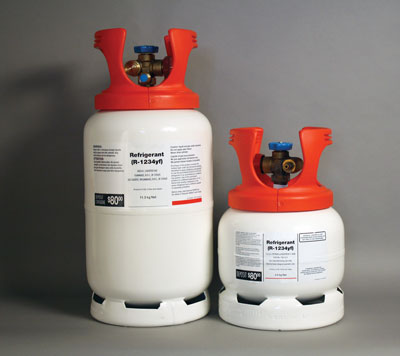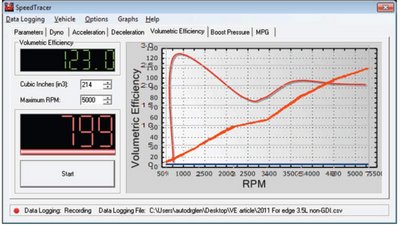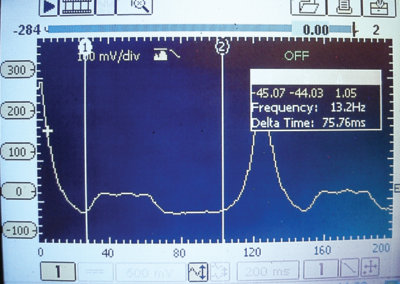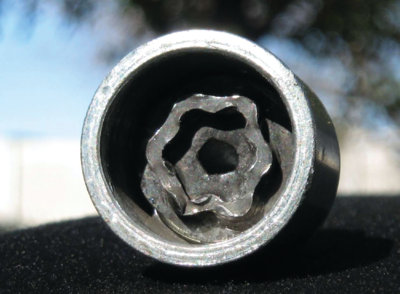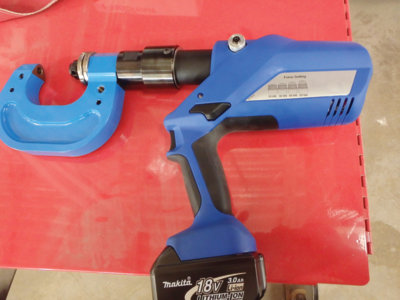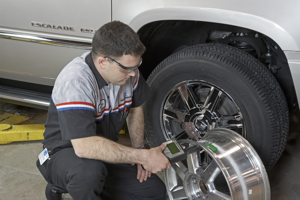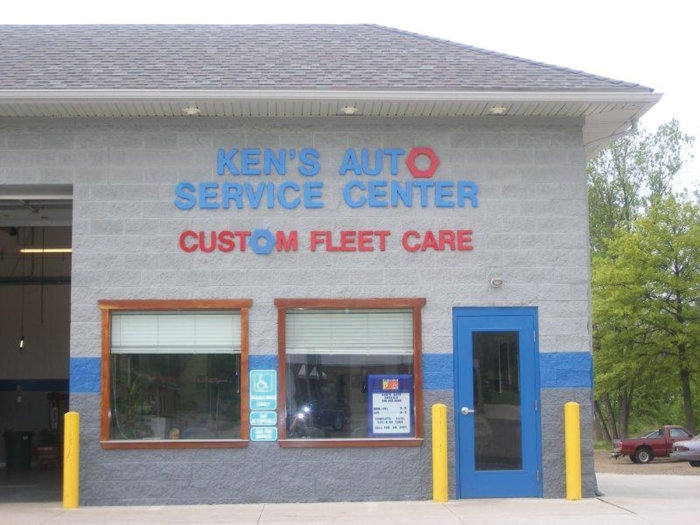 The extended reach and increased retraction benefits of three-stage lift arms now are available on symmetrical two-post vehicle lifts from Rotary Lift. Three-stage arms can access more manufacturer-recommended pick-up points than traditional two-stage arms, making it possible to use them to properly raise a greater number of vehicles.
The extended reach and increased retraction benefits of three-stage lift arms now are available on symmetrical two-post vehicle lifts from Rotary Lift. Three-stage arms can access more manufacturer-recommended pick-up points than traditional two-stage arms, making it possible to use them to properly raise a greater number of vehicles.
Rotary introduced three-stage arms on its SmartLift inground lift and SPOA10 asymmetrical two-post surface lift in 2005. In fact, SmartLift with three-stage arms was named one of Motor magazine’s Top 20 Tools for 2005. In response to customer needs, Rotary now introduces three-stage arms as options for its SPO10 and SPO12 symmetrical two-post lifts.
True asymmetrical lifts like the SPOA10 have the columns rotated 30 degrees in order to place the vehicle’s approximate center of gravity in line with the optimum load capability of the columns. They are generally recommended for use with cars. The columns of true symmetrical lifts like the SPO10 and SPO12 are not rotated and are preferred for use on large vehicles, because the load must be centered between the columns longitudinally.
“The SPOA10 and SmartLift with three-stage arms are enormously popular with independent repair shops and dealers that service mostly passenger cars,” explained Ron Lainhart, parts and service manager. “For bays that are used primarily for SUVs, vans, ambulances and other light trucks and commercial vehicles, our new SPO10 and SPO12 three-stage arms will provide the same versatility and flexibility in true symmetrical lifts.”
Rotary developed three-stage arms in response to evolutions in vehicle design. Many vehicles are getting wider and/or lower to the ground. Several also have a short or long wheelbase. As a result, traditional lift arms can not reach these vehicles’ manufacturer-recommended pick-up points. Rotary three-stage arms both extend and retract farther than two-stage arms, providing a greater overall pick-up envelope.
Both the front and rear arms of the SPO10 and SPO12 are three-stage models. The arms are equipped with thread-up adapters that can be adjusted incrementally, for maximum flexibility. These adapters can be used alone or in conjunction with stackable adapters, depending on the height required to properly access pick-up points for the vehicle being raised.
New SPO10 and SPO12 lifts can be ordered with three-stage arms. The three-stage arms also are available to retrofit to existing SPO10 and SPO12 lifts.
The SPO10 has a rated lifting capacity of 10,000 lbs. The SPO12 can lift up to 12,000 lbs. Both lifts are ETL tested and certified by the Automotive Lift Institute (ALI) to meet or exceed ANSI/ALI ALCTV-1998 performance and safety standards. All Rotary two-post lifts are constructed with the patented “Double S” single-piece column design to maximize strength and provide greater surface contact area for the self-lubricating slider bearing blocks.
For more information about Rotary Lift SPO10 or SPO12 two-post lifts with three-stage arms, or any other Rotary Lift products or services, contact your local Rotary distributor, call Rotary at (800) 640-5438 or visit www.rotarylift.com.


